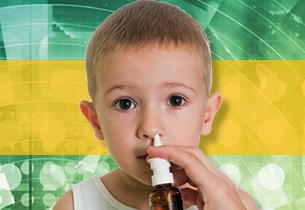With products ranging in scope and complexity, implementing even a streamline regulatory framework may be challenging.
By Stefan Leiner, Ph.D., and Christoph Kreher, Ph.D., Boehringer Ingelheim Pharma GmbH & Co. KG
 In the European Union (E.U.), the legal differentiation between drugs and medical devices was established in 1993 by the Medical Device Directive (MDD).1 Recognizing the need to assist stakeholders in classifying borderline combination products with a drug and a device part (‘Borderline products’), the MDD was extended in 2001 in the Medical Device Guidance.2
In the European Union (E.U.), the legal differentiation between drugs and medical devices was established in 1993 by the Medical Device Directive (MDD).1 Recognizing the need to assist stakeholders in classifying borderline combination products with a drug and a device part (‘Borderline products’), the MDD was extended in 2001 in the Medical Device Guidance.2
In the E.U., when drug and device elements are physically separable and easily identified, the MDD1 applies to the device part (“medical product” with a “CE mark”), while the relevant pharmacopoeial and/or medicines standards apply to the drug portion (“medicinal product”). Example device parts are nebulizers, empty single-use syringes, and spoons or droppers.